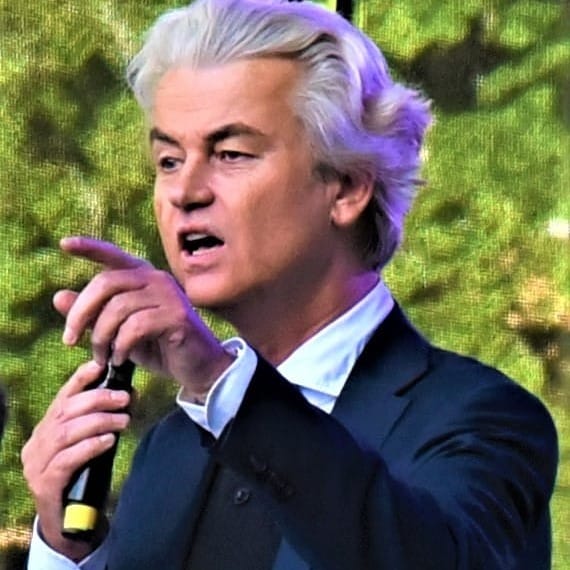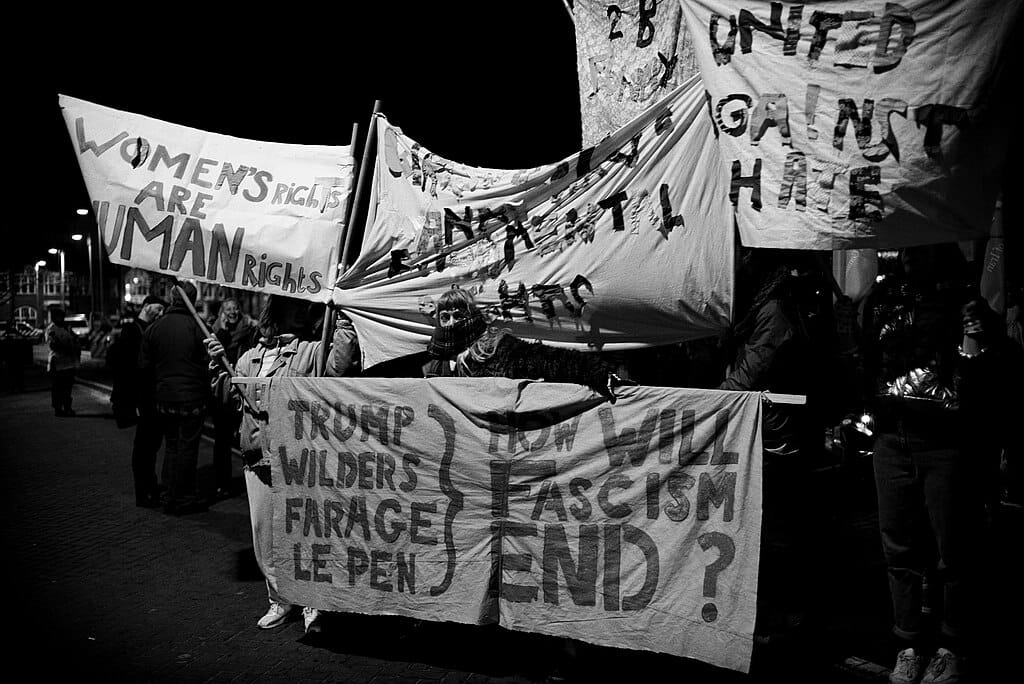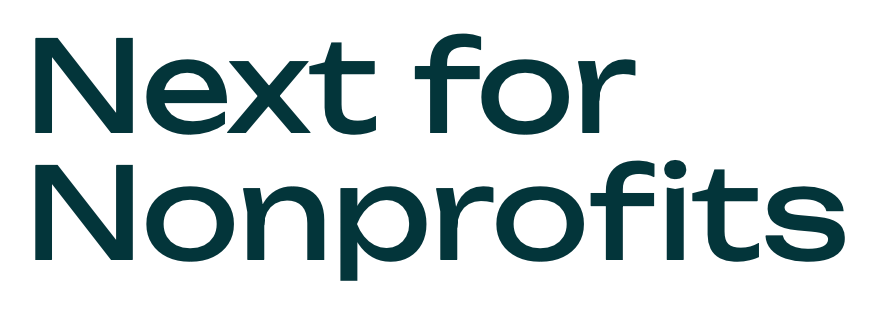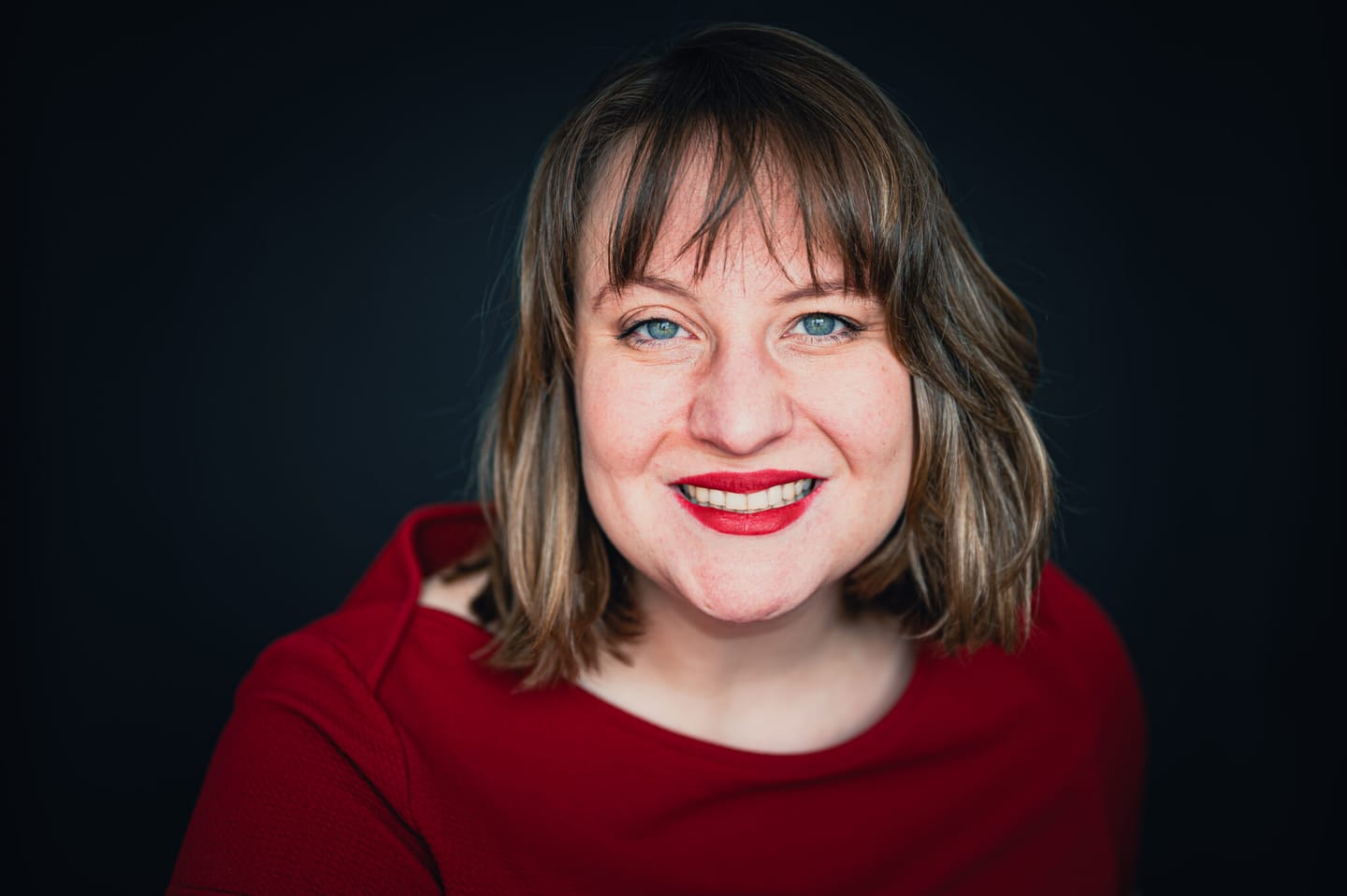In a time of deep political shifts and social challenges, Simone van Beek, founder of Mindetch, is tackling one of the most critical frontiers in the nonprofit sector: the power of visual storytelling to influence public opinion and drive change. Based in the Netherlands, where the political landscape has been dramatically reshaped by the rise of far-right parties and an unprecedented coalition government, Simone’s insights are more relevant than ever.
With experience in both British and Dutch politics—and a keen eye on the role of technology and AI in modern campaigns—Simone has launched Mindetch to help progressive movements communicate their messages in ways that truly resonate.
In this interview with Next for Nonprofits, she shares her perspective on the current Dutch political upheaval, the shifting nature of elections, and why nonprofits must rethink how they engage with the public.
There’s a lot going on in Dutch politics right now. For those who might not be so close to it, what on earth is going on?
Ha, yes, what on earth is going on indeed.
To explain it properly, you need to know that in 2023, Geert Wilders’ far-right Party for Freedom (PVV) won the Dutch elections by a landslide, securing 37 out of 150 seats in parliament. But the Netherlands has a coalition-based political system, so he couldn’t govern alone.

What followed was the formation of the most right-wing coalition in our country's history. Still, none of the other coalition parties wanted Wilders as Prime Minister. The solution was a technocratic cabinet, led by Dick Schoof, an independent, non-partisan former intelligence chief. He became the face of a government built on political compromise but with a clear ideological shift to the right.
Two weeks ago, Geert Wilders announced that the cabinet should do far more about immigration and threatened to pull the plug if nothing changed. And he did.
With the changing dynamics of left and right, how do you think this election will differ from previous ones?
This election is no longer about left versus right or progressive versus conservative. It's become a question of stability versus chaos, of truth versus manipulation. That might sound dramatic, but the reality is that far-right parties have mastered the art of disinformation. With advanced AI tools, they can fabricate protests that never happened, and people will believe them.
For too long, we've ignored these extremist voters, hoping they'd see the light or change their minds. But the truth is, they feel ignored. If moderate and progressive parties keep fighting each other for the same slice of the electorate, the far-right will take the rest unchallenged. That is how polarisation wins.
It's a turning point, and if we don't take that seriously, we'll keep giving the microphone to those who shout the loudest, not those who lead with vision.

Elections are always a crucial time for nonprofits and NGOs to influence politics. What do you think they need to be doing this time to make a breakthrough?
Traditionally, public affairs teams have focused on influencing national politics through lobbying, working behind the scenes with policymakers, MPs, and insiders. It’s a world of white papers, meetings, and closed doors. But that model is no longer enough.
NGOs need to understand that it's not about the words anymore, it's about the visual. If you can translate your policy into an emotion that people can see and feel, you can counter disinformation not with facts but with resonance.
Right now, the process often looks like this: Policy → strategy → communications department → "Quick, someone call a designer, we need a visual."
That's backwards.
It should be: Policy → visual concept → strategy → visual creation → comms → visual delivery
Lead with the image. Lead with the emotion. If your policy can't be felt, it won't be heard. The NGOs that grasp this, that deliver policy through visuals, not just positions, are the ones that will actually move public opinion and drive change.
You’ve had a lot of experience in both British and Dutch politics, and now you’ve set up your own campaign visual identity business. What are you hoping to achieve by starting Mindetch now?
People have called me brave for starting a visual-first campaigns business in the age of AI. But to me, this is exactly the right time. When misinformation spreads faster than facts, when even reality can be faked, we need visual stories that are honest, grounded, and deeply human.
I saw it during the Brexit campaign in the UK, when Nigel Farage told everyone the UK sends 350 million pounds a week to the EU, which was a lie. I’ve seen it in Dutch politics too, when Geert Wilders and Thierry Baudet tried to manipulate people through TikTok, making them believe the government was out to get them.
With Mindetch, I want to bring campaigns back to what actually moves people: emotion and authenticity. We can't afford to speak in abstractions anymore. That only drives away the very people we're trying to reach. Good visual campaigns don't just inform, they cut through the noise and make people feel something real.
AI will play a role in all of this, of course it will. But the flow should always be:
human → AI → human.
It starts with a human insight and ends with human impact. That’s the space Mindetch works in, and that’s where real change begins.

